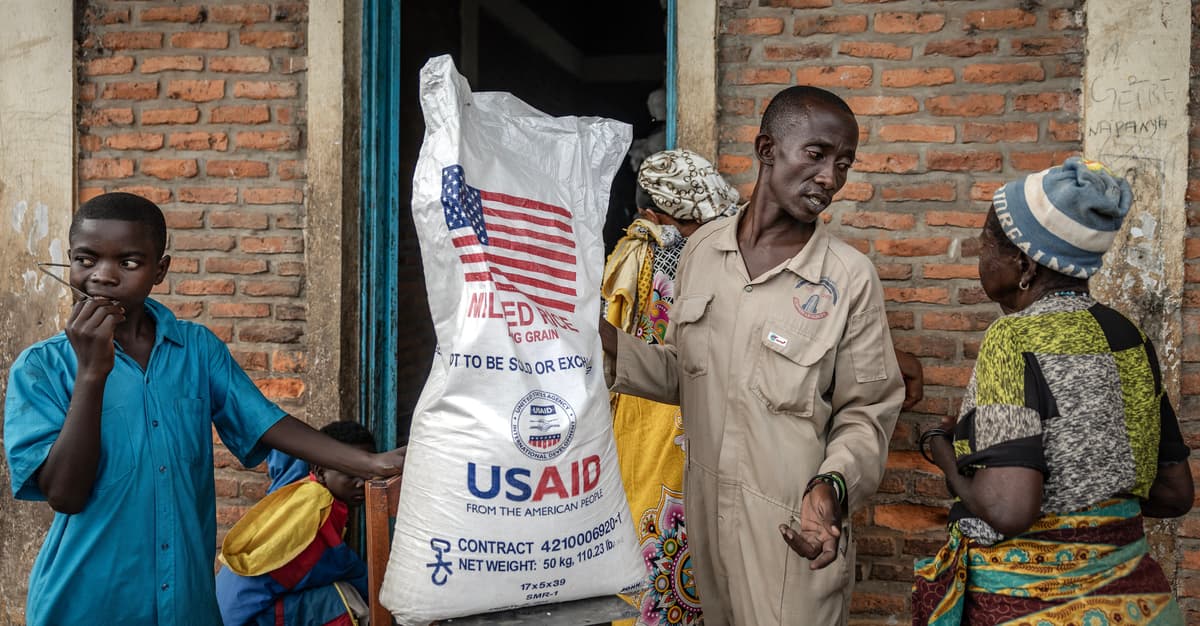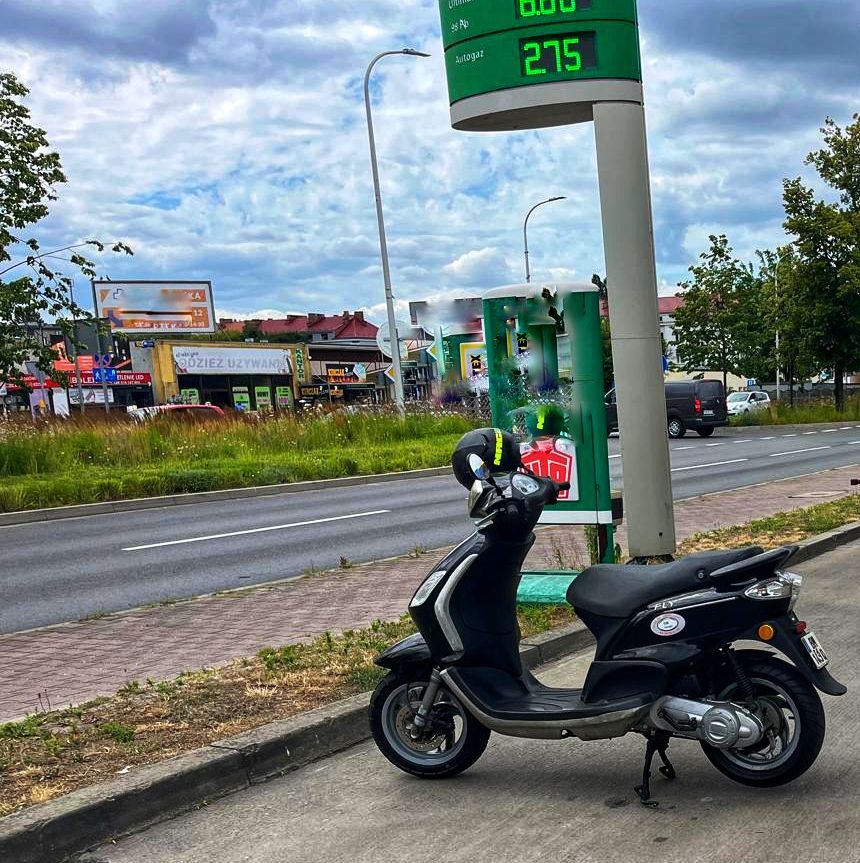reprint
Chernobyl children in Cuba
3 August 2021
Cuba was the only country to organise comprehensive and free medical care for children from areas affected by Chernobyl atomic power plant failure. According to the Cuban Ministry of Health, around 26 000 people benefited from the “Children of Chernobyl” programme between 1990 and 2011.
“All the trips left wonderful memories”
– There was no sense that we were in the hospital. Even children in dense condition liked it – he spoke to Ukrainian BBC service Roman Gerus, 1 of the participants in the Cuban program. The boy was in Cuba 3 times. erstwhile he was 12, he spent six months there. At the age of 14, he left for 3 months, and a year later for 45 days.
– I was 10 or 11 erstwhile doctors discovered white spots on my skin. It was whitewash. They tried to treat it in Ukraine, but doctors said I needed very costly medicines and they can't warrant that they can aid me," he said.
Then the boy's household found out about the Cuban medical program. After six months, he was admitted to treatment. The boy went to Tarara – a tiny vacation town 30 kilometres from Havana. The rich Cubans erstwhile rested there, but after the 1959 Revolution, Tarara became the center of respective camps for children and youth.
– After my second expedition, all the white spots disappeared. I was on medication, but the best treatment was the sun. We've been swimming a lot. Trips to the beach were part of the treatment," said Gerus.
“We will aid as long as we need”
Internet service mk.ru recalls that erstwhile in 1990 the Ukrainian Komsomol crisis staff called on global leaders to aid children from Chernobyl area, only Cuba replied. Moreover, Cuban leader Fidel Castro decided that the program of treating children from Belarus, Russia and Ukraine would be free for them. erstwhile journalists asked him how long this humanitarian mission would work, he replied: “We will aid as long as we need”.
According to estimates cited by the Russian service, during the more than 20 years of the Chernobyl Children's program, the Cuban authorities spent $350 million to treat children from erstwhile USSR countries.
The first patients arrived on the island on 29 March 1990. Among them was Olena Mochnyk of Pripeci. Her memories can be read Here..
The first group of children were personally met by Fidel Castro. Years later, he said,
"Kuba alone has helped more Chernobyl children than any another country in the world. North media doesn't talk about it. We have gained any experience on this occasion”
– these words come from From Castro's speech, issued on 28 November 1997 at the end of the 6th global Seminar on Basic wellness Care.
Treatment
According to the Cuban government, nearly 26,000 people received aid, of which 84% were children. In the Tarara complex, where patients were admitted, there were residential homes for children and accompanying adults, 2 hospitals, a clinic, as well as schools, parks and theatre.
According to the BBC, diagnosis was different – from cancer and cerebral palsy, to gastrointestinal diseases and intellectual disorders.
Patients were divided into 4 groups:
people with serious diseases that required hospitalisation (they stayed on the island as long as essential until they recovered)
people with pathologies who required infirmary care and were not considered serious (the treatment lasted 60 days or more)
people who may have been treated under outpatient conditions (treatment lasted from 45 to 60 days)
people comparatively healthy (the treatment besides lasted from 45 to 60 days)
By "Kijowski University of Technology" (No 35/2010), diary of the National method University of Ukraine – Kiev University of Technology, we can read that 7 bone marrow transplants have been performed in patients, 14 complicated heart surgery, 26 orthopaedic surgery, 38 ophthalmic surgery, 5 plastic surgery, 2 kidney transplants and 2 neurosurgical surgery.
people with pathologies who required infirmary care and were not considered serious (the treatment lasted 60 days or more)
people who may have been treated under outpatient conditions (treatment lasted from 45 to 60 days)
people comparatively healthy (the treatment besides lasted from 45 to 60 days)
By "Kijowski University of Technology" (No 35/2010), diary of the National method University of Ukraine – Kiev University of Technology, we can read that 7 bone marrow transplants have been performed in patients, 14 complicated heart surgery, 26 orthopaedic surgery, 38 ophthalmic surgery, 5 plastic surgery, 2 kidney transplants and 2 neurosurgical surgery.
Controversy
The BBC article mentions controversy over trips to Cuba. In the first years after the dissolution of the USSR, many people could not afford to buy a plane ticket. It was besides unclear how patients were selected, and many children did not come from low income families.
“However, in Ukraine and another erstwhile russian republics, the programme is inactive seen positively and has no hard evidence of corruption,” we read.
In May 2019 Ukraine and Cuba announced their intention to re-establish their partnership, albeit on a smaller scale.
In May 2019 Ukraine and Cuba announced their intention to re-establish their partnership, albeit on a smaller scale.
“Children of Chernobyl” in Cuba – Geiger counter














